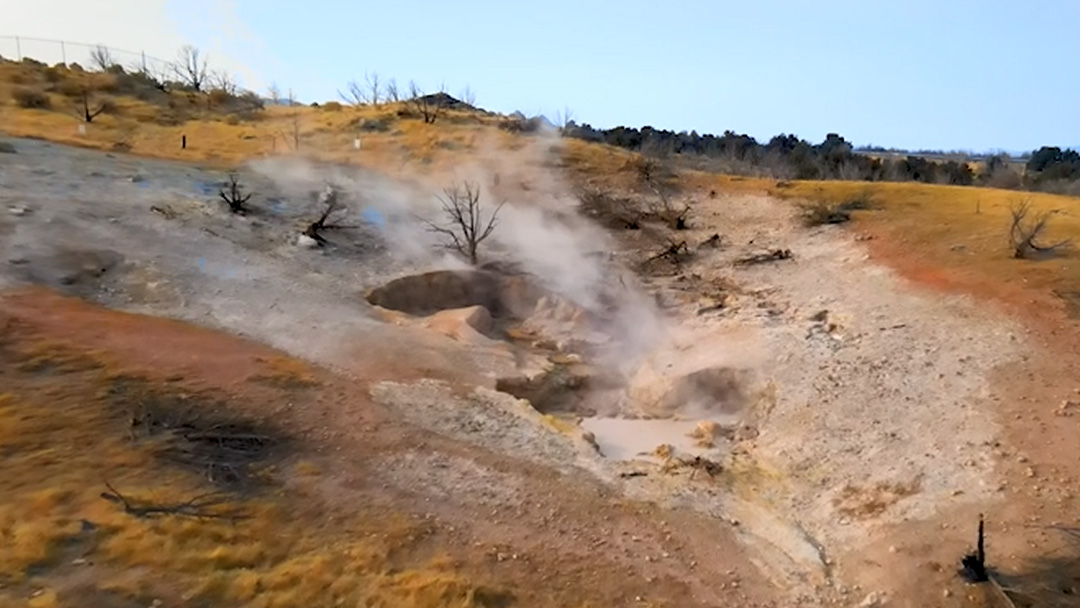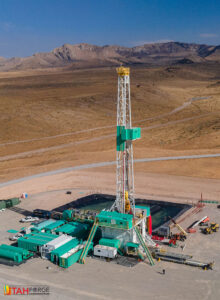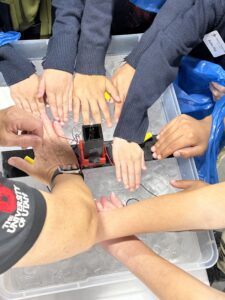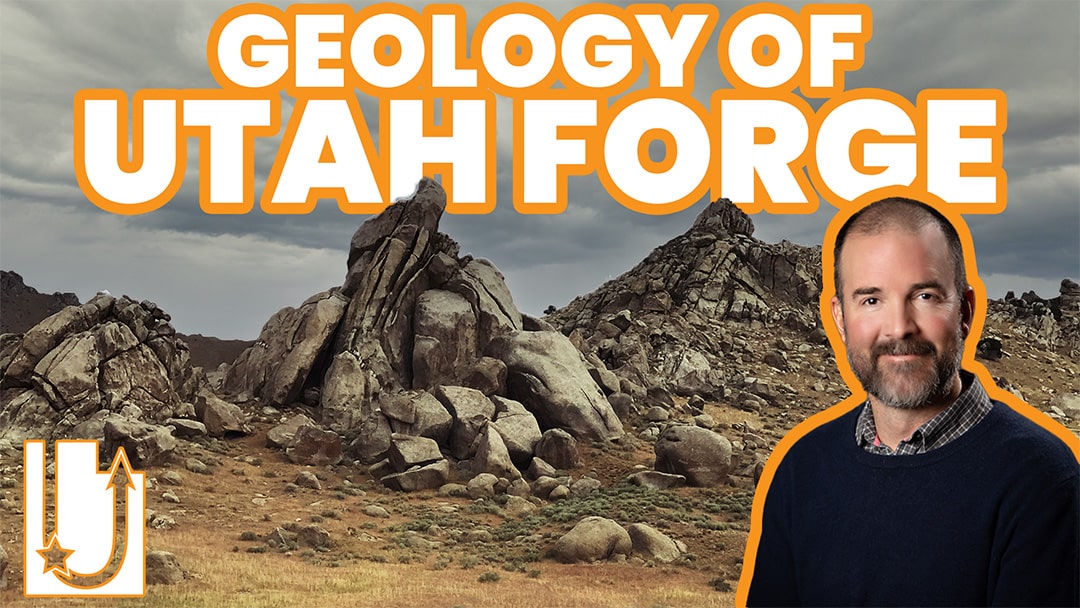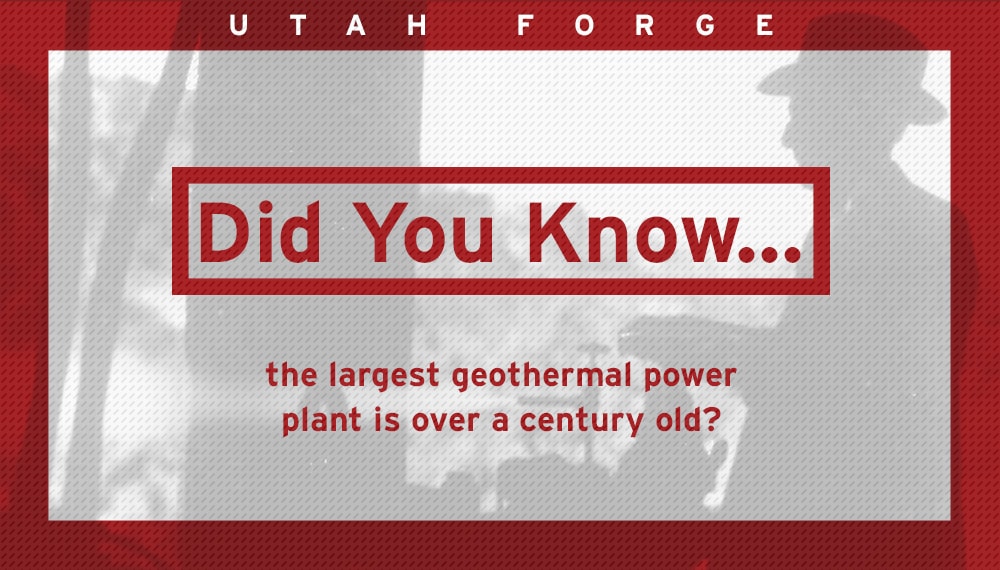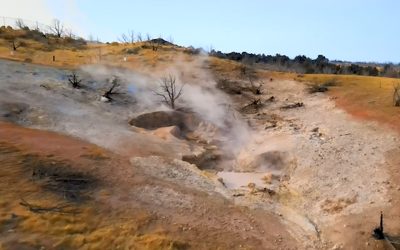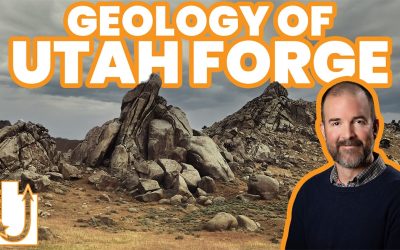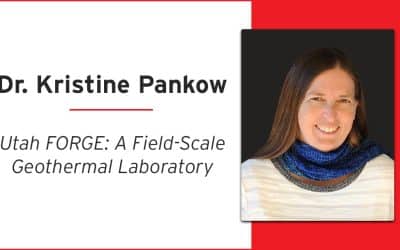Cariaga, C. (2025). ThinkGeoEnergy’s Top 10 Geothermal Countries 2024 – Power. ThinkGeoEnergy. Published January 20, 2025. https://www.thinkgeoenergy.com/thinkgeoenergys-top-10-geothermal-countries-2024-power/
IEA (2024, Dec 13). Technology breakthroughs are unlocking geothermal energy’s vast potential in countries across the globe. International Energy Agency. https://www.iea.org/news/technology-breakthroughs-are-unlocking-geothermal-energys-vast-potential-in-countries-across-the-globe
Patel, Sonal (2023, Apr 4). EGS, AGS, and Supercritical Geothermal Systems: What’s the Difference? POWER. https://www.powermag.com/egs-ags-and-supercritical-geothermal-systems-whats-the-difference/
Reinsch, T., Dobson, P., Asanuma, H. et al. (2017). Utilizing supercritical geothermal systems: a review of past ventures and ongoing research activities. Geotherm Energy 5, 16. https://doi.org/10.1186/s40517-017-0075-y
